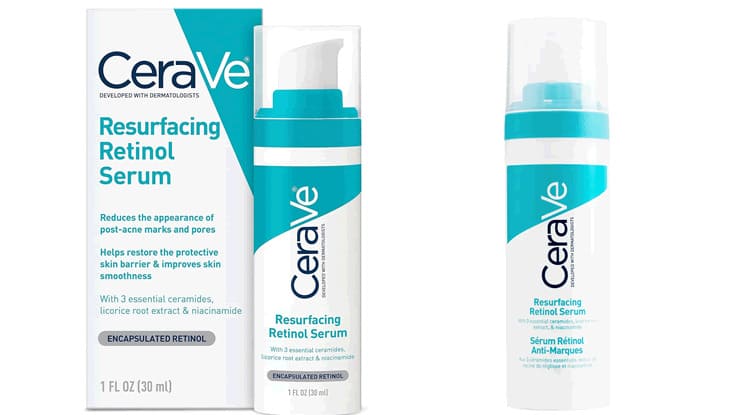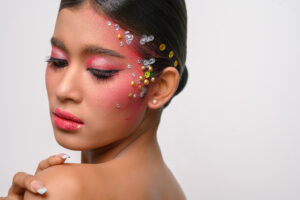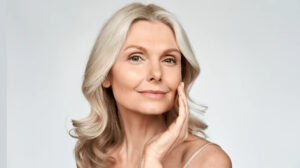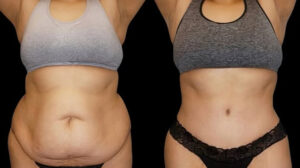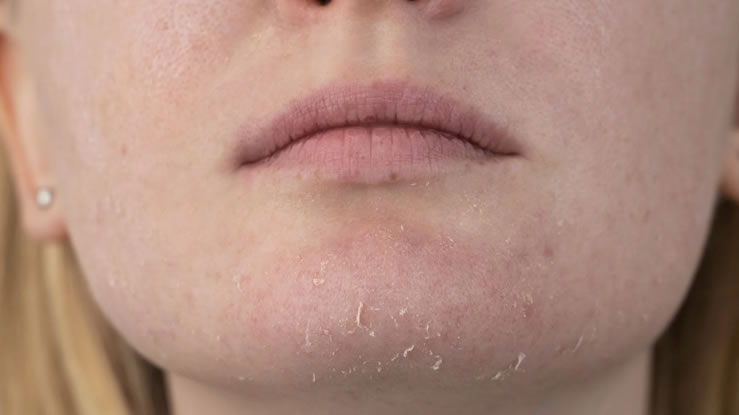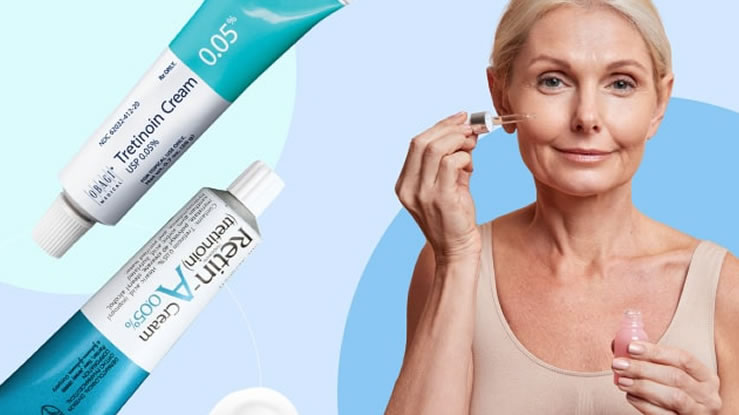For decades, Cetaphil and CeraVe have dominated the skincare world as two of the most trusted dermatologist-recommended brands. Whether you’re dealing with acne, dryness, eczema, sensitivity, or you simply want a gentle and effective routine, these two brands often top the list. But which one is actually better? The truth is: both brands have their strengths, both offer gentle formulations, both work amazingly for sensitive skin, and both remain affordable compared to luxury products. However, they also differ in philosophy, ingredients, technology, and results. This 4000-word deep-dive breaks down everything from cleansers to moisturizers, formulas to active ingredients, skin-type suitability, dermatologists’ opinions, pricing, textures, performance, side effects, and long-term results to help you finally decide which one your skin needs in 2025.
WHAT MAKES CETAPHIL AND CERAVE SO POPULAR?
Both brands remain popular globally because of four major reasons: they are gentle, affordable, accessible, and backed by dermatologists. But their approaches differ significantly. Cetaphil focuses on simple, minimalist formulas that cleanse and moisturize without irritation. This makes them ideal for highly sensitive skin, eczema-prone individuals, teenagers, and people who react easily to complicated ingredients. CeraVe, on the other hand, uses advanced skin barrier science, adding ceramides, cholesterol, and fatty acids in dermatologist-developed formulations. Their products are built around strengthening the skin barrier and repairing damaged skin. In short: sensitive skin that reacts easily → Cetaphil. Damaged, dry, or acne-prone barrier → CeraVe.
BRAND PHILOSOPHY AND INGREDIENT APPROACH
Cetaphil’s Approach: Keep It Simple and Gentle
Cetaphil formulas prioritise mild, non-irritating surfactants, minimal active ingredients, soothing components like glycerin, niacinamide, and panthenol, and fewer additives for people prone to irritation. Cetaphil is best for sensitive or reactive skin, rosacea, teens starting skincare, people who dislike heavy products, and those who want gentle daily care without actives.
CeraVe’s Approach: Science-Backed Barrier Repair
CeraVe products are developed with dermatologists and are built around three essential ceramides (1, 3, 6-II). They also incorporate hyaluronic acid, niacinamide, salicylic acid, and MVE® Technology—an ingredient delivery system that releases hydration slowly throughout the day. CeraVe is best for dry, dehydrated skin, eczema, acne-prone skin, people needing barrier repair, those who want visible improvements, and anyone using active treatments like retinol or acids.
CETAPHIL VS CERAVE CLEANSERS: WHICH IS BETTER?
Cetaphil Cleansers
Cetaphil cleansers are best known for being ultra-gentle and effective for sensitive skin. Popular options include the Gentle Skin Cleanser (creamy, non-foaming), Daily Facial Cleanser (for oily skin), and Pro Dermacontrol Oil Removing Foam Wash (for acne-prone skin). Benefits include being non-stripping, free of heavy scents, great for everyday use, and safe for children and teens. Drawbacks include the fact that some users feel they don’t cleanse deeply enough and may not remove makeup fully.
CeraVe Cleansers
CeraVe cleansers are favorites among dermatologists because they cleanse and restore the barrier. Popular options include the Hydrating Cleanser (for dry skin), Foaming Cleanser (for oily skin), Cream-to-Foam Cleanser (balanced skin), and SA Smoothing Cleanser (for textured or acne-prone skin). Benefits include ceramides to prevent dryness, targeted formulas, better performance for acne and eczema, and deep cleansing without stripping. Drawbacks include heavier textures and potential purging.
Winner for cleansers: CeraVe, especially for acne-prone or dry skin. Cetaphil wins if your skin is extremely sensitive.
CETAPHIL VS CERAVE MOISTURIZERS
Cetaphil Moisturizers
Cetaphil moisturizers are lightweight, non-comedogenic, and reliable. Top products include the Moisturizing Lotion, Moisturizing Cream, and Pro Oil Absorbing Moisturizer (with SPF). They are best for sensitive skin, people who dislike sticky formulas, and lightweight daytime hydration. Downside: not as barrier-repairing and not rich enough for severely dry or damaged skin.
CeraVe Moisturizers
CeraVe moisturizers are considered some of the strongest hydrating products globally. Popular options include the CeraVe Moisturizing Cream, Daily Moisturizing Lotion, PM Facial Moisturizing Lotion, and Healing Ointment. Benefits include richer hydration, skin barrier strengthening, long-lasting moisture, and reducing flaking or irritation. Downside: thicker texture and potential heaviness in hot climates.
Winner for moisturizers: CeraVe, due to ceramides and hyaluronic acid. Cetaphil wins for lightness.
WHICH BRAND IS BETTER FOR ACNE?
CeraVe is better for acne because it offers SA Cleanser and SA Lotion for exfoliation, niacinamide to reduce inflammation, lightweight PM Moisturizer for oily skin, and ceramides to repair the barrier after acne treatments. Cetaphil works for mild acne or sensitive acne-prone skin but lacks potent actives.
Winner for acne: CeraVe.
WHICH BRAND IS BETTER FOR ECZEMA OR DAMAGED BARRIER?
CeraVe’s ceramide-rich formulas make it ideal for eczema, dermatitis, barrier damage, dryness, peeling, and irritation from actives. Cetaphil’s eczema-restoring line is gentle but less advanced.
Winner: CeraVe.
WHICH BRAND IS BETTER FOR ROSACEA OR EXTREME SENSITIVITY?
Cetaphil wins because it is hypoallergenic, has fewer irritants, and is non-foaming and gentle. CeraVe can work, but some people react to niacinamide or ceramides.
Winner: Cetaphil.
PRICE COMPARISON
Both brands are affordable, but Cetaphil is generally slightly cheaper. CeraVe may cost more because of advanced ingredients.
TEXTURE AND FEEL
Cetaphil tends to be lightweight and non-greasy, making it ideal for oily or sensitive skin. CeraVe has thicker, more nourishing textures that feel treatment-grade. In humid or hot climates, Cetaphil feels more comfortable, while CeraVe performs better in cold or dry weather.
ARE THEY SAFE FOR TEENS?
Yes, both are excellent for teenagers. Teens with acne benefit more from CeraVe’s SA products, while teens with sensitive or eczema-prone skin may prefer Cetaphil.
CERAVE VS CETAPHIL FOR DARK SKIN TONES
CeraVe often works better for darker skin because niacinamide helps with hyperpigmentation, ceramides strengthen the barrier, SA products smooth texture, and hydrating formulas reduce ashiness. Cetaphil is great for sensitivity but does not target pigmentation concerns.
CERAVE VS CETAPHIL FOR AGING SKIN
CeraVe wins because it offers retinol, peptides, hyaluronic acid, ceramides, and PM moisturizing formulas. Cetaphil offers gentle hydration but fewer anti-aging actives.
POTENTIAL SIDE EFFECTS
Cetaphil has very few side effects and is safe for ultra-sensitive skin, though some may find it too mild. CeraVe may cause purging, niacinamide irritation, or heaviness.
Choose Cetaphil if you have very sensitive skin, rosacea, allergies, oily skin in hot climates, or need simple and gentle daily care. Choose CeraVe if you have dry or dehydrated skin, acne, eczema, a damaged barrier, hyperpigmentation, want visible results, or use strong actives.
Overall Winner: CeraVe for effectiveness and science-backed formulas.
Best for sensitive skin: Cetaphil.
Retaled Article

